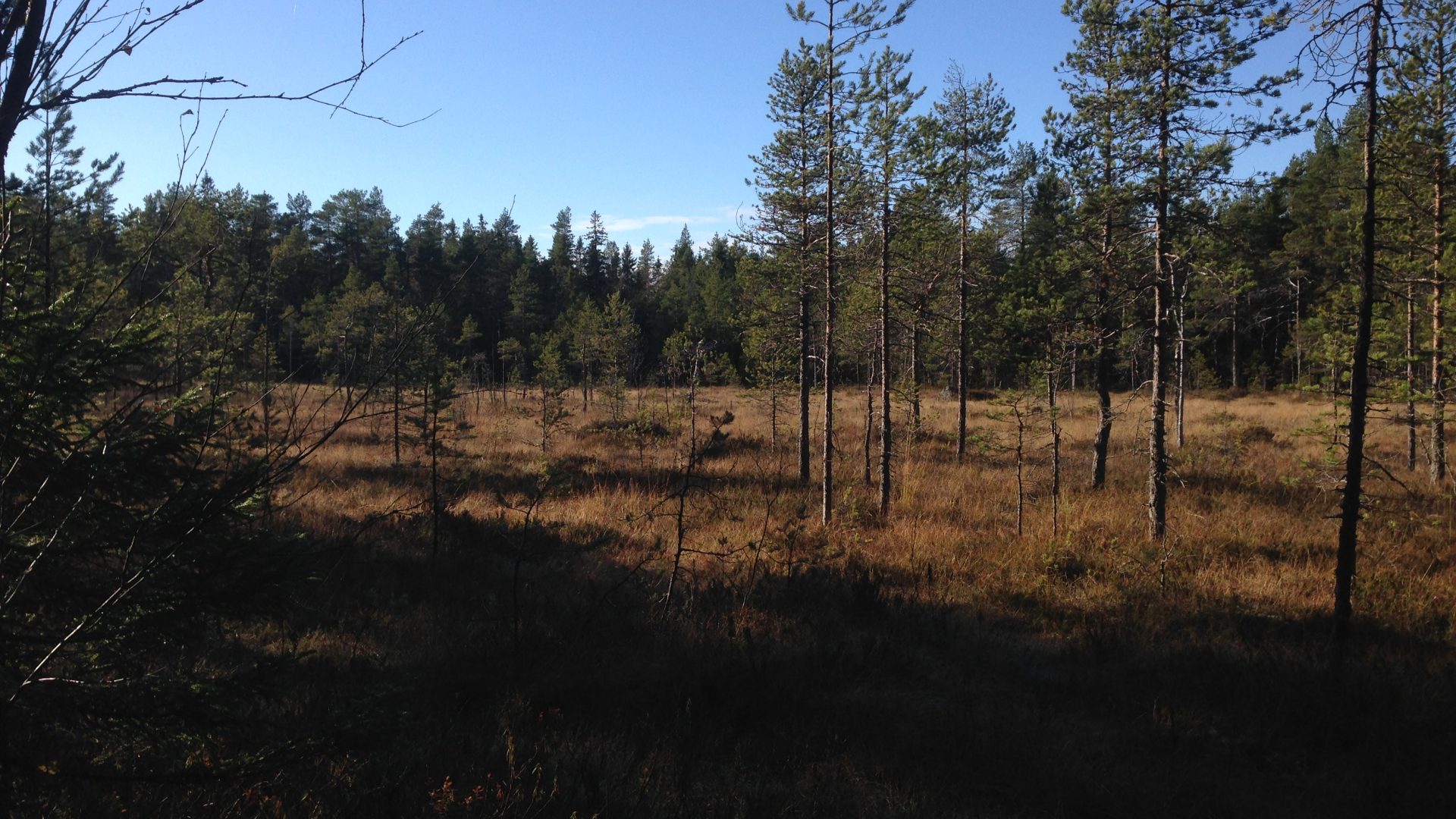When it comes to factors that affect how private forest owners choose to manage their forest, distance to the estate, income, profession or gender seem to be of a secondary nature compared to the size of the estate.
Half of the productive forest area in Sweden is owned by small-scale private forest owners. Their choice of management strategy therefore affects the forest composition and structure for half of the Swedish forest area. That in turn affects a great many ecosystem services such as wood supply, carbon storage, biodiversity and recreation. Researchers at SLU and Umeå University that examine changes in private ownership, and, amongst other things, consequences on forest management, took a closer look at which factors are most relevant when private forest owners choose their management strategy.
Economic importance
Jeannette Eggers (SLU) and her research colleagues write in a scientific article that the differences in choice of management strategies are, surprisingly, not as great between different categories of forest owners. Factors like gender, age, distance to the property, profession and income mattered less than for example interest in and knowledge about forest. However, the most influential factor when deciding upon management strategy was the size of the property. For owners of larger properties, income from forestry is more important and thus they manage their forest with more focus on productivity compared to owners of smaller properties.
Forest owners change, but not the management strategy
Today, one third of Sweden’s 330 000 forest owners live a long distance from their forest property (non-residents) compared to one fifth in 1976. The share of female forest owners has almost doubled during the last decades, from 21% in 1976 to almost 40% today. It is also becoming more common to own the property with someone else. All these trends are expected to continue. However, regardless of the change in forest owners’ composition, management strategies do not change notably: – Despite research showing us that female forest owners to a greater extent prioritise other forest values and are often less interested in forest issues, they still rely on the income of the forest and manage the forest more or less the same as male owners, says Jeannette Eggers, one of the researchers behind the study performed within the PLURAL project.
– That the management strategy does not differ more could be due to the forest sector still being very conservative and production oriented. One interesting thing we saw in our analysis is that non-resident owners have as much interest in forest issues as residents that live on or close to their property. The interest in the forest property does not seem to fade when you move away from it, Jeannette Eggers continues.
If the size changes, so does the strategy
All this implies that changes in forest owner composition probably does not have a large impact on forest management. But if forest properties become larger through for instance acquisition, chances are that the management strategy becomes more production oriented – something that might have bearing on the forest landscape in Sweden.
Facts
The Swedish research council FORMAS through the PLURAL project – living and acting in several places, funded the article and the study. The study was made through a survey where 1169 forest owners responded to which forest management strategy they used.
The article: Eggers, J., Lämås, T., Lind, T. och Öhman, K. (2014) Factors Influencing the Choice of Management Strategy among Small-Scale Private Forest Owners in Sweden. Forests 5(7), 1695-1716

